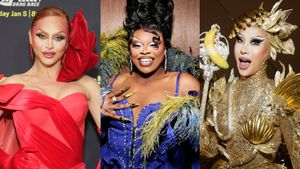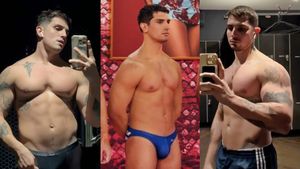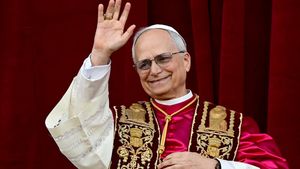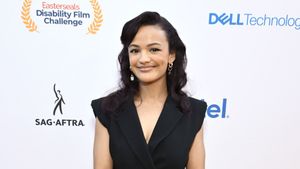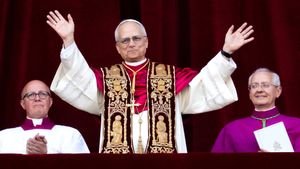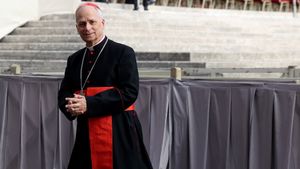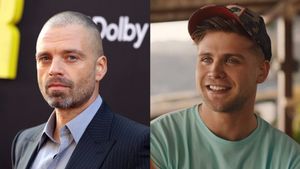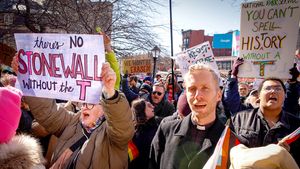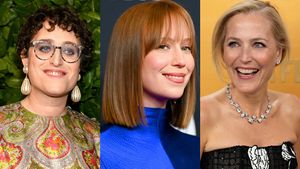A recent report suggests that video game developers are falling short in adequately representing LGBTQ+ individuals, highlighting a glaring disparity in the industry.
Published by GLAAD on February 13th, the study reveals that LGBTQ+ content comprises less than two percent of all games. This is concerning given the substantial rise in the number of queer gamers, which now make up 17 percent of players.
Despite the perception of homophobia in certain gaming communities, allyship is prevalent among the majority of gamers. Seven out of 10 non-LGBTQ+ gamers express either a positive response or indifference towards LGBTQ+ main characters in games.
Elsewhere, the study also highlights the profound impact gaming has on LGBTQ+ individuals, who are 11 percent more likely to use gaming as a means to escape the real world and 24 percent more likely to rely on it when things get hard. It also noted that 74 percent of queer gamers feel they can be their true selves while gaming, and 66 percent claim that gaming offers them a platform for self-expression.
“Our research shows that, particularly for LGBTQ gamers, gaming can not only be an escape and a way to cope, but also an important outlet of self-expression,” said GLAAD President & CEO Sarah Kate Ellis in a statement. “The interactive nature of games, the opportunity to build community in gaming, and the long history of LGBTQ game industry professionals makes this medium a uniquely powerful tool for LGBTQ people to safely discover, connect, and express themselves.”
Despite the demand for LGBTQ+ content, a mere fraction of digital game libraries, including Xbox, PlayStation, Nintendo, and Steam, feature such representation. This discrepancy persists even when adult-only games are excluded.
“Nearly 7 in 10 LGBTQ gamers wish there were more prominent LGBTQ storylines in games,” said GLAAD Associate Director of Gaming, Blair Durkee. “As this report shows, the presence of LGBTQ characters or storylines doesn’t meaningfully deter non-LGBTQ people from buying or playing games, but it does make a huge difference in LGBTQ gamers.”
GLAAD recommends that the percentage of games with LGBTQ representation should be proportional to the amount of LGBTQ gamers, and that the representation “should also appear across game genres and platforms, so that all LGBTQ gamers, regardless of what they play, can see themselves represented.”













































































